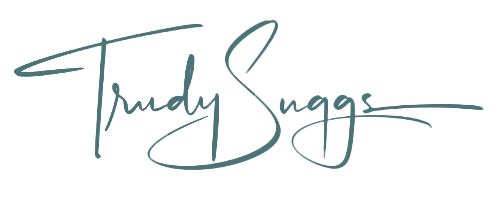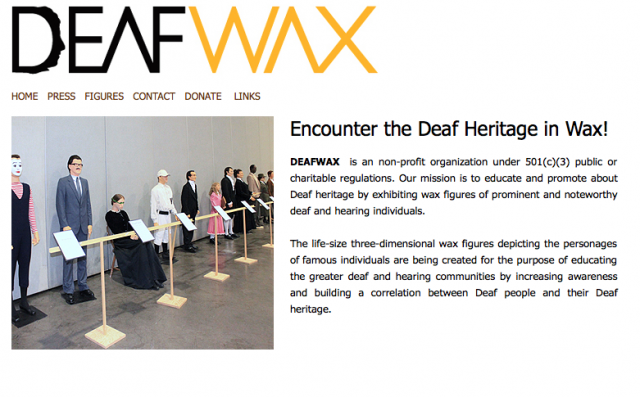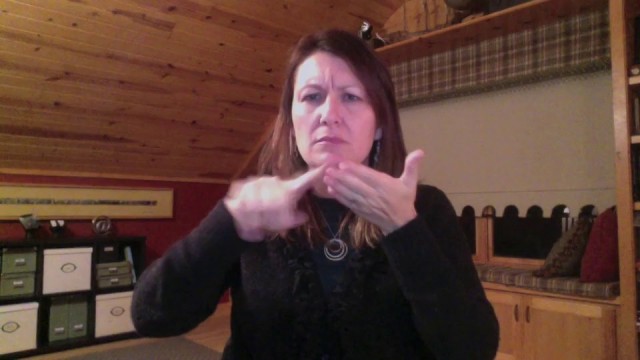Originally appeared in Silent News, February 2002.
At first glance, the concept seems ridiculously simple. Set up a tripod-like device in front of you with two mirrors attached, and you can see what’s being shown on the wall behind you in order to interpret effectively.
Interpreters often have to interpret blindly what is being presented on the walls or screens behind them as they sit facing deaf consumers. It’s either that, or arch their necks at unsightly and often physically painful angles while maintaining the positioning of their signing at acceptable levels for the consumers.
But nobody had ever thought to produce such a device to alleviate the physical strains – until the Interpreter Mirror, devised by Steve Frank, an interpreter from Baltimore, Md. An odd-looking device at first glance, the Interpreter Mirror has quickly become an instrument of necessity for many interpreters.
Frank became interested in sign language and interpreting when he was in Russia in 1983. He returned to America and enrolled in courses at Gallaudet University in Washington, D.C. and Catonsville Community College in Maryland, then worked as a dormitory counselor at the Maryland School for the Deaf in Columbia for two years. Eventually he earned his certifications in interpreting and transliteration (CI/CT) from the Registry of Interpreters for the Deaf.
“I found that most of my interpreting jobs involved visuals that I had to crane my neck to see. It was aggravating and later painful,” Frank said. “Finally, after a particularly grueling day of head-turning on Feb. 23, 1998 at two meetings, I went home to solve the problem. I figured that there must be a way to do it with mirrors.”
Frank took two mirrors and did some creative aligning of them to try and see a clock behind him. The crude yet effective experiment worked. With this concept in mind, Frank went through research and development, then applied for a patent that was granted on Sept. 25, 2001. Frank orders the parts from 15 companies then hand-assembles the kits out of Baltimore.
Today, he says he steadily provides the products to schools and universities, businesses, government agencies, churches, and interpreters. The product isn’t cheap, though, running at $350 for a full package. Even so, users of the device say it’s well worth the purchase. Steve C. Phan, CI/CT, Educational Liaison/Lead Interpreter at Houston Community College in Texas, said, “I have used it in two different college classes. One instructor made ample use of overhead transparencies; another instructor showed many videotapes during the semester. In both cases, my team interpreter and I felt the Interpreter Mirror helped save time and effort, physical and mental. I especially appreciate its portability and quick setup.”
Besides, Phan adds, the steep price serves well as a tax deduction. “Hopefully the price will go down as more people purchase it.”
Angel Carpenter, CI/CT, who works at the University of Central Florida in Orlando agrees with Phan. “The Interpreter Mirror has been invaluable to me, primarily when I interpret in university lecture halls. I am often unable to see visual information such as PowerPoint slides or transparencies that are behind me, but using the Interpreter Mirror allows me to catch that information and render my interpretation more accurately.”
The device, which consists of two joined mirrors and a tripod, is a bit difficult to set up at first. Users have to learn how to align the mirrors at the ‘just-right’ angle – but once that step is learned, it becomes easy to use. The product also comes with a carrying case, instructions, and other accessories.
“The basic argument for use of the mirror is that an interpreter can only accurately interpret that which s/he fully understands. Any message consists of both the verbal and visual parts. If the interpreter does not have convenient access to the visual part of the message, then something will suffer – either the interpreter’s neck or some of the message will be missed,” Frank says. “We believe that the mirror greatly increases the interpreter’s ability to fully understand the message and thus interpret it more accurately.”
For more information on the Interpreter Mirror, visit www.interpreter-mirror.com.
Copyrighted material. This article can not be copied, reproduced, or redistributed without the written consent of the author.


